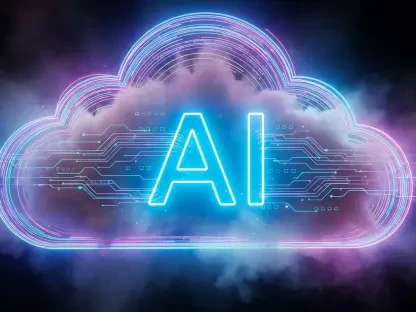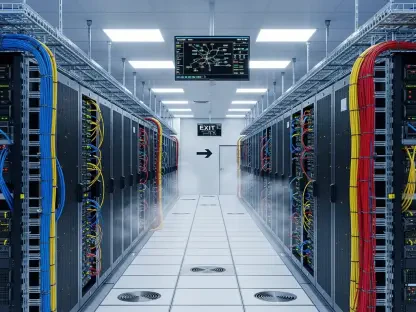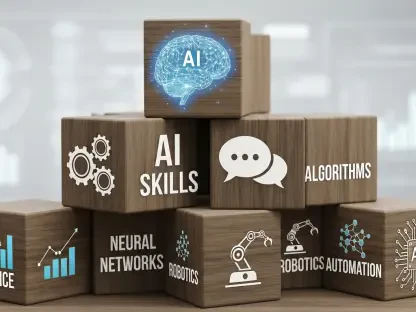Can AI truly understand us? Imagine giving commands to a program that intuitively grasps context without explicit instructions. Microsoft and Inait have developed a groundbreaking AI technology that emulates the nuanced ways humans think and adapt.
The Unprecedented Breakthrough
Artificial intelligence has advanced rapidly, yet we frequently encounter limitations in its flexibility and understanding. Traditional models rely heavily on vast streams of data, often struggling to emulate the intricate processes of human cognition. The collaboration between Microsoft and Swiss startup Inait signifies a transformative moment in AI development, integrating quintessential elements of human reasoning into machine learning.
Why Brain-Inspired AI Matters
The race to create AI that mimics mammalian brain functions is more than a marvel of innovation; it’s a necessary evolution. Conventional AI models fall short in their inability to understand cause-and-effect relationships, hampering their adaptability. Emulating the human brain is a profound leap forward, moving us toward machines that think more like us and less like algorithms. In an era of increasing demands for smart technologies in various sectors, this development couldn’t be more timely.
Neuroscience and AI: A Synergetic Blend
Twenty years of neuroscience research underpin Inait’s contribution to this technology. The startup has ingeniously merged simulations of brain structures with adaptive learning capabilities, creating a system that evolves just as human cognition does. On the other hand, Microsoft’s robust Azure infrastructure ensures scalability, efficiency, and real-time data processing, making this advanced technology accessible across multiple industries.
The Inner Workings Unveiled
This AI model stands out for its human-like reasoning abilities, offering substantial improvements in learning efficiency and energy optimization. Unlike conventional AI, which demands extensive data, this brain-inspired model adapts swiftly, consuming fewer resources. The transformative potential spans various sectors, notably finance and robotics. In finance, the AI will revolutionize trading algorithms, risk analysis, and automated advice, outpacing conventional methods by quickly adapting to market changes. In robotics, it aims to create machines capable of autonomous operation in dynamic environments, significantly enhancing industrial performance.
Expert Perspectives
Henry Markram, a notable figure in neuroscience and Inait’s co-founder, has been pivotal in simulating neuronal behavior with remarkable precision. Originally focused on mice, Markram’s extensive code is now being applied to more complex species, including humans. This research is shaping AI capabilities and offering valuable insights into neurological health, pushing the boundaries of what machines and science can achieve together.
Looking Ahead: Practical Implications
The immediate real-world impact of this AI will first be felt in the financial sector as trials commence. Beyond finance and robotics, sectors like healthcare, education, and transportation are poised to benefit from this technology. Businesses and developers standing on the cusp of this revolution can leverage AI’s ability to offer competitive advantages by adopting and integrating these advanced systems.
This collaboration between Microsoft and Inait veered beyond mere technical achievement; it unlocked pathways for adaptive and efficient technological solutions tailored to human-like reasoning. The achievements underscored technology and deepened the understanding of our cognitive processes, promising much for the future intersection between artificial intelligence and human-like adaptability.









